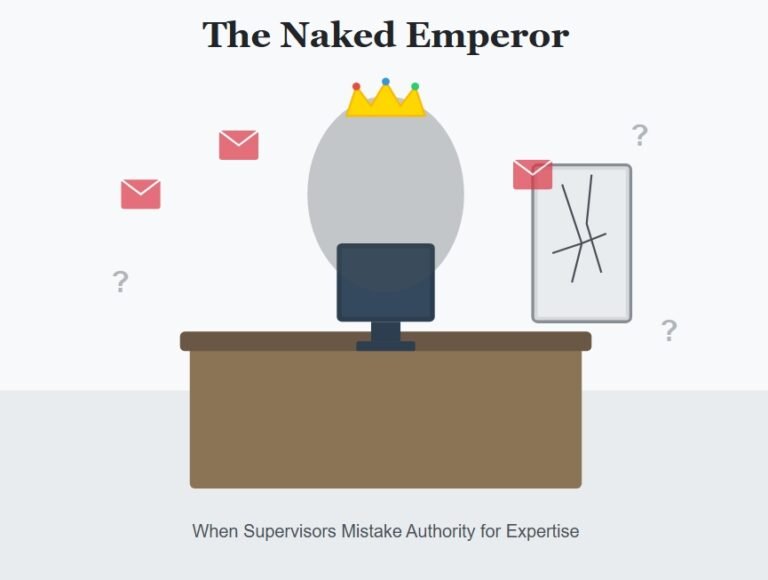• Keep the message simple but deep in meaning. Most organizations have a deeper
meaning as to why they exist. This tends to influence strategy, decision-making,
and behaviors at executive levels but often isn’t well articulated for employees.
What you call it doesn’t matter—your purpose, your why, your core belief, your
center. What does matter is that you establish its relevance with employees in a
way that makes them care more about the company and about the job they do.
• Build behavior based on market and customer insights. For employees to fully
understand how your strategy is different and better than the competition, they
need to be in touch with market realities. The challenge is in how to effectively
convey those realities so that your people can act on them. By building internal
campaigns based on market and customer insights, you bring your strategy to
life for your employees through this important lens. Package your content so
that it can be shared broadly with all departments in your organization but in a
hands-on way.
• Use the discipline of a framework. Inspire, educate, and reinforce.
• Think broader than the typical CEO-delivered message, and don’t disappear.
Employees are more likely to believe what leaders say when they hear similar
arguments from their peers, and conversations can be more persuasive and
engaging than one-way presentations. Designate a team of employees to serve
as ambassadors responsible for delivering important messages at all levels.
• Put on your “real person” hat. And take off your “corporate person/executive” hat.
The fact is, not many people are deeply inspired by the pieces of communication
that their companies put out. Much of it ignores one of the most important truths
of communication, especially communication in the early twenty-first century: be
real. “Corporate speak” comes off as hollow and lacking in meaning. Authentic
messages from you will help employees see the challenges and opportunities as you
see them and understand and care about the direction in which you’re trying to
take the company.
• Tell a story. Facts and figures won’t be remembered. Stories and experiences will.
Use storytelling as much as possible to bring humanity to the company and to
help employees understand the relevance of your strategy and real-life examples
of progress and shortfalls against it. Ask employees to share stories as well and
use these as the foundation for dialogues that foster greater understanding of the
behaviors that you want to encourage and enhance versus those that pose risks.
• Use twenty-first-century media and be unexpected. Consider the roles of social
media, networking, blogs, and games to get the word out in ways that your
employees are used to engaging in. Where your message shows up also says a
lot. Aim to catch people somewhere that they would least expect it. Is it in the
restroom? In the stairwell? On their mobile phone?
• Make the necessary investment. Most executives recognize how important their
employee audience is. They are the largest expense to the company. They often
communicate directly with your customers. They single-handedly control most
perceptions that consumers have about the brand. So, if this is a given, why are
we so reluctant to fund internal communication campaigns?



